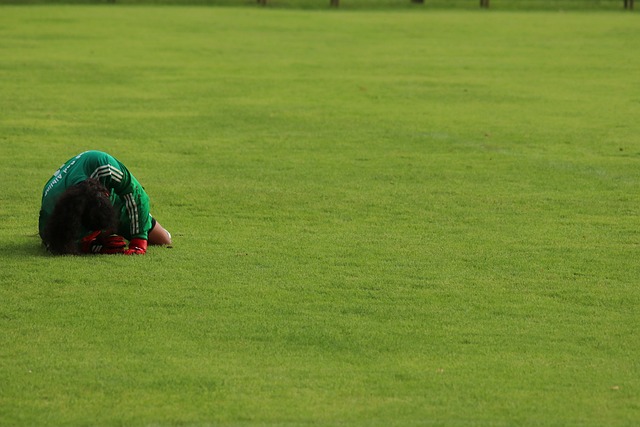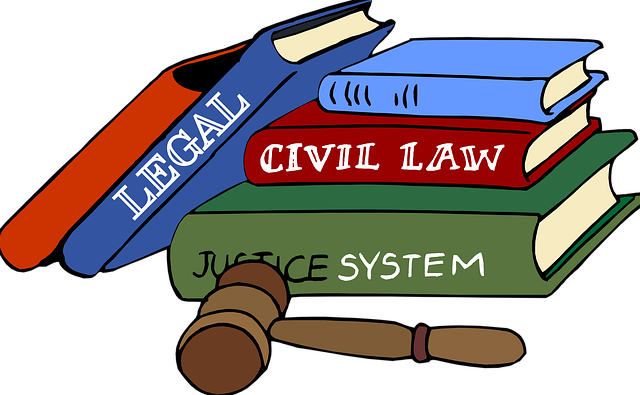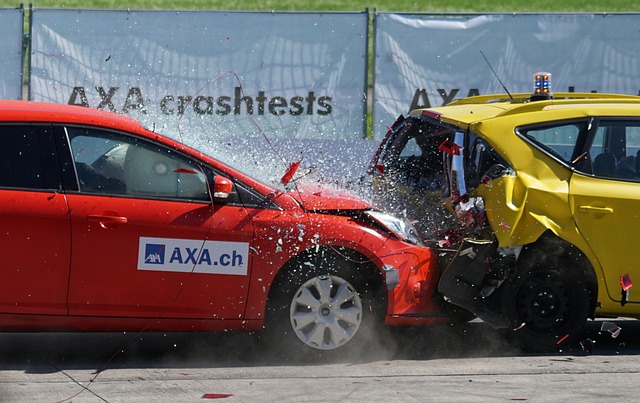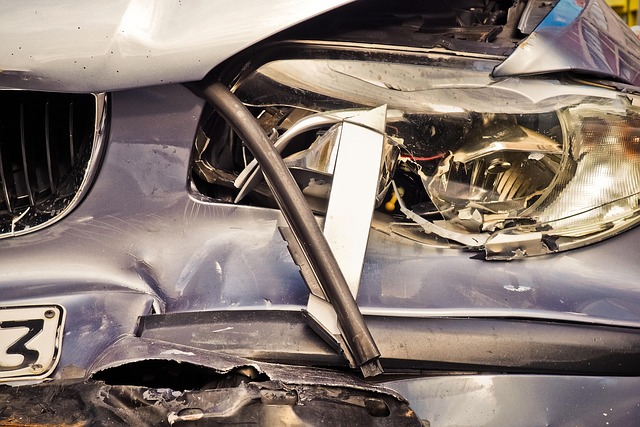Slip and fall accidents caused by negligence can lead to serious injuries. Property owners and businesses have a legal duty to maintain safe premises through cleaning, signage, and hazard mitigation. Defenses in negligence lawsuits include blaming the victim, disputing injury severity, and claiming lack of knowledge about hazards. Building a strong case requires proving actual or constructive knowledge of hazards, countering contractual liability claims, and using thorough documentation, eyewitness accounts, and expert opinions to refute defenses.
In the realm of personal injury law, slip and fall negligence lawsuits are prevalent, with property owners often facing legal repercussions for unsafe conditions. This comprehensive guide delves into the intricate world of such cases, offering a detailed look at both sides—plaintiffs’ claims and defendants’ defenses. From understanding the legal framework to exploring common strategies, we unravel the complexities. By examining refutable arguments and strengthening your case, this article equips you with knowledge, empowering individuals to navigate these challenging legal landscapes effectively.
- Understanding Slip and Fall Negligence Lawsuits: A Comprehensive Overview
- Common Defenses Strategized by Property Owners and Managers
- Strengthening Your Case: Refuting Effective Defense Arguments
Understanding Slip and Fall Negligence Lawsuits: A Comprehensive Overview
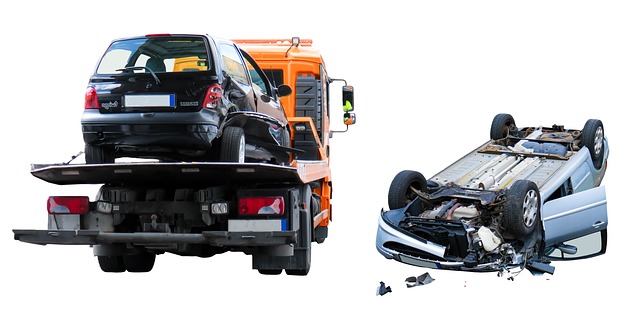
Common Defenses Strategized by Property Owners and Managers
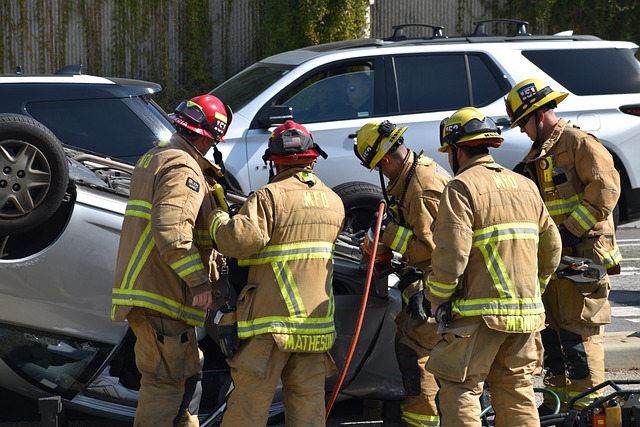
In slip and fall negligence lawsuits, property owners and managers often employ several common defenses to mitigate potential liability. One prominent strategy is arguing that the plaintiff was contributed to the incident due to their own negligence or lack of caution. For instance, if a claimant was observed walking at a fast pace or texting while traversing the premises, defense attorneys may suggest that these actions played a significant role in causing the fall, reducing the defendant’s responsibility.
Another frequent defense involves disputing the severity of the injuries claimed by the plaintiff. This tactic often centers around questioning the authenticity of medical records and treatment bills, aiming to minimize the perceived damages. Additionally, property owners might assert that they had no foreseeable knowledge of the hazard, a key element in establishing negligence. By proving that the condition leading to the fall was not discoverable or reportable under reasonable circumstances, defendants can significantly weaken the plaintiff’s case for auto accident injuries and seek reduced injury compensation. In some instances, they may even attempt to shift blame towards third parties or non-negligent factors, further complicating product liability cases stemming from slip and fall incidents.
Strengthening Your Case: Refuting Effective Defense Arguments
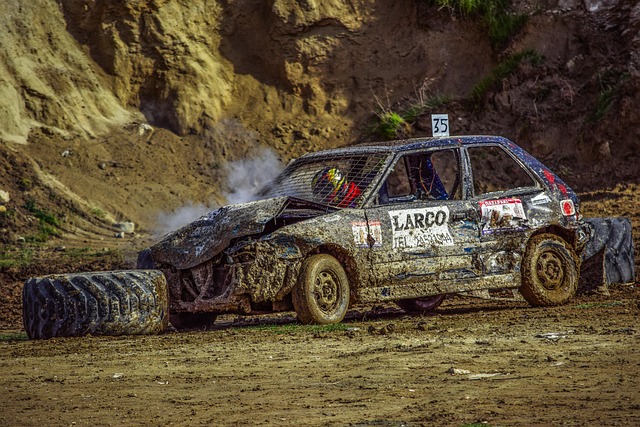
When building a case for a slip and fall negligence lawsuit, understanding common defense arguments is crucial. Defendants often invoke factors like “no visible danger” or “the victim’s contributory negligence” to weaken the plaintiff’s claim. To counter these, focus on proving that the defendant had actual or constructive knowledge of the hazard, as required by law. For instance, if a nursing home is sued for fall injuries, present evidence showing their staff failed to maintain a safe environment despite awareness of slippery conditions.
Additionally, be prepared to address defense strategies in contract disputes related to slip and fall incidents. They might argue that terms within a property agreement shield them from liability. However, you can counter this by demonstrating that the defendant breached their duty of care regardless of contractual clauses. Effective case refutation relies on thorough documentation, eyewitness accounts, and expert opinions, ensuring your claim is robust against potential defenses in slip and fall negligence cases.
Slip and fall negligence lawsuits are complex, but understanding common defenses can empower individuals to strengthen their cases. By recognizing the strategies employed by property owners and managers, plaintiffs can anticipate and effectively counter these arguments. This article has provided a comprehensive overview of slip and fall claims, highlighting the importance of evidence, timely notices, and legal precedents. Remember that, in navigating these lawsuits, a thorough understanding of both sides’ tactics is key to achieving a favorable outcome.


